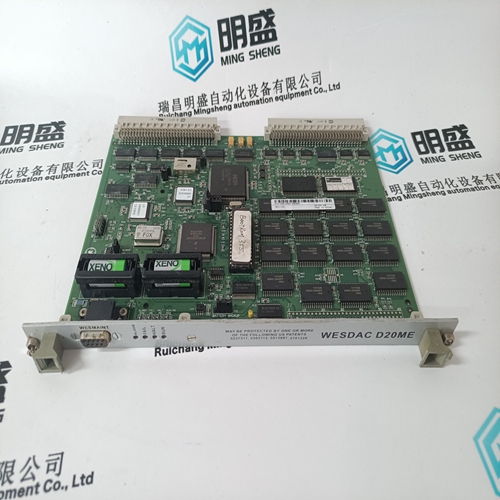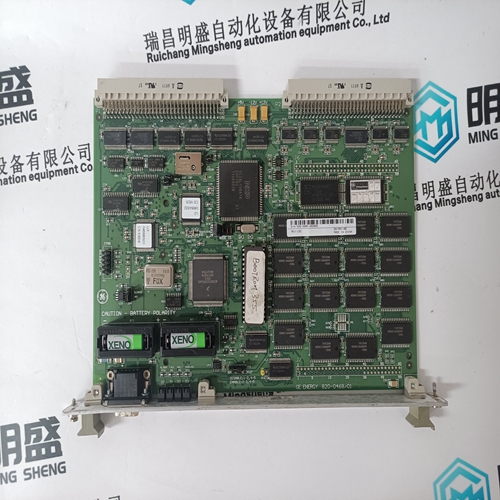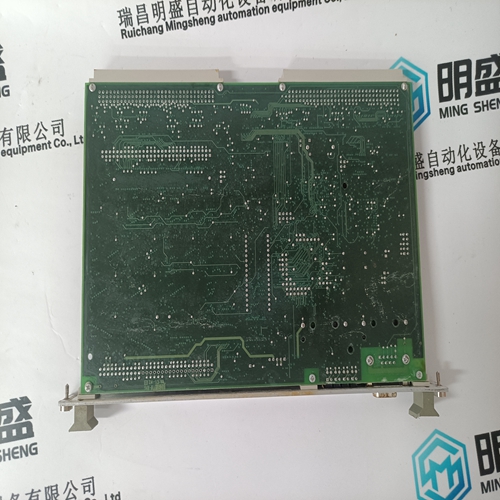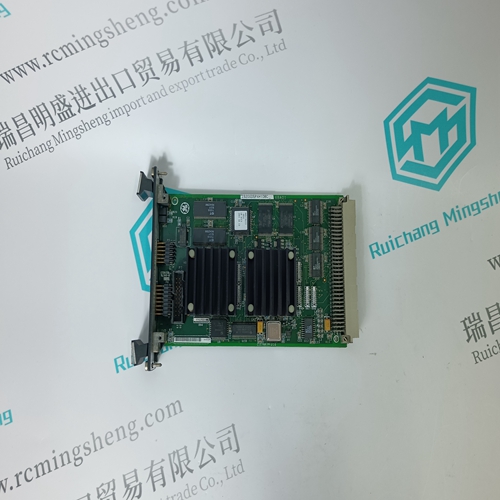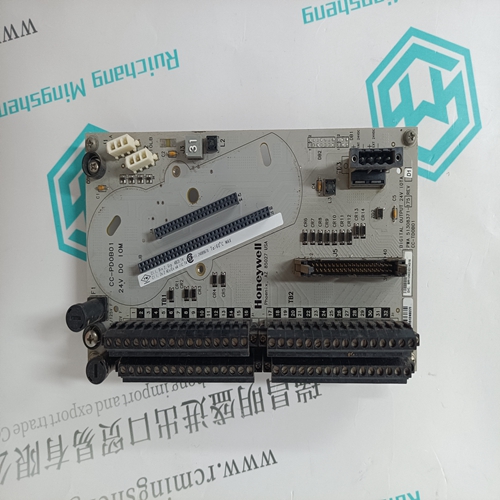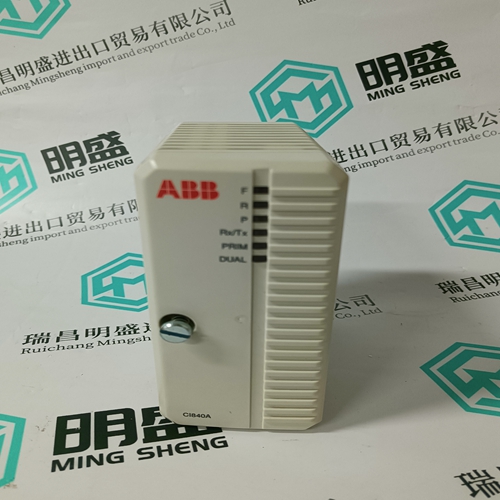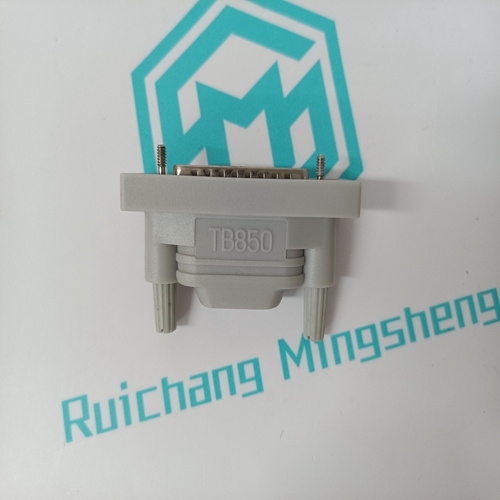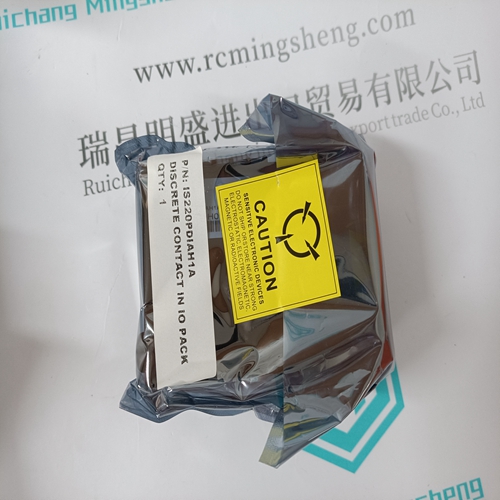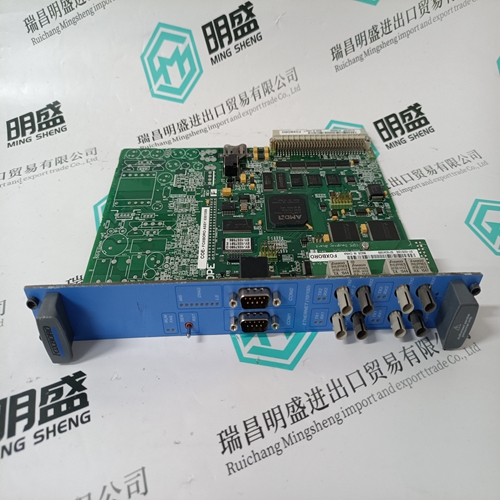Home > Product > Gas turbine system > WESDAC D20ME Gas turbine channel CARDS
WESDAC D20ME Gas turbine channel CARDS
- Product ID: WESDAC D20ME
- Brand: GE
- Place of origin: the United States
- Goods status: new/used
- Delivery date: stock
- The quality assurance period: 365 days
- Phone/WhatsApp/WeChat:+86 15270269218
- Email:stodcdcs@gmail.com
- Tags:WESDAC D20MEGas turbine channel CARDS
- Get the latest price:Click to consult
The main products
Spare parts spare parts, the DCS control system of PLC system and the robot system spare parts,
Brand advantage: Allen Bradley, BentlyNevada, ABB, Emerson Ovation, Honeywell DCS, Rockwell ICS Triplex, FOXBORO, Schneider PLC, GE Fanuc, Motorola, HIMA, TRICONEX, Prosoft etc. Various kinds of imported industrial parts
Products are widely used in metallurgy, petroleum, glass, aluminum manufacturing, petrochemical industry, coal mine, papermaking, printing, textile printing and dyeing, machinery, electronics, automobile manufacturing, tobacco, plastics machinery, electric power, water conservancy, water treatment/environmental protection, municipal engineering, boiler heating, energy, power transmission and distribution and so on.
WESDAC D20ME Gas turbine channel CARDS
All modules have a grid dimension of 50 mm for the width. All modules have a standard height of 480 mm. Note that the dimensions for air baffle plates, shield connecting plates, built–on fans and hose cooling must also be taken into account. Width: 50 mm grid dimension Relative to the mounting plane, the depth of all modules (without connectors and optional machine–mounted accessories) is: – Internal cooling or hose cooling: 288 mm – External cooling: 231 mm, in this case, the heatsink penetration depth must be taken into account for the cooling duct.For external heatsinks and fans, a high degree of pollution restricts the module cooling. This can cause the temperature monitoring function in the power module to respond. The heatsinks and fans must be checked for accumulated dirt at regular intervals. Clean when required!
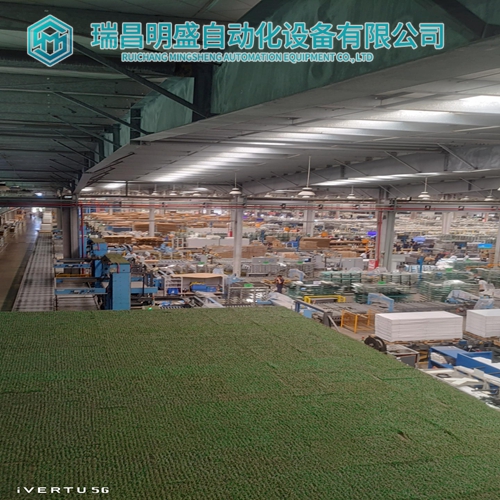
Cooling components
Depending on the cooling method used, additional fan units and fan components, specifically designed for the system, must also be ordered. A differentiation is made between three different cooling types. 1. For internal cooling, the complete power loss remains in the electrical cabinet in the form of heat. 2. With external cooling, the power module power loss (thermal) is externally dissipated in the form of heat and the power loss of the control unit is internally dissipated in the form of heat. 3. For pipe cooling, version with 300 mm wide modules with internal cooling, the complete power loss in the form of heat is conducted to the outside using a pipe connected to the module. The mounted fan is connected directly to the control cabinet line supply The reinforcing ribs of the mounting frames, that are rounded–off towards the rear, have seals on both sides. A sealant (e.g. Terostat–96 made by Henkel) must be used to seal the edges of the mounting frames in contact with the mounting panel. Degree of protection IP 54 is achieved when the sealant is correctly applied.
Configuration information
For external cooling, the module heatsinks extend through the mounting plane in the electrical cabinet and can therefore dissipate power loss into an external cooling circuit. The breakout in the mounting panel can be made for each module or also for a complete group of modules. For a breakout for the complete group of modules, the specific mounting frames for the modules should be used. For 300 mm wide modules, the appropriate mounting frame must be used (Order No.: 6SN1162–0BA04–0EA0). The dimension drawings for the breakouts are provided in Chapter 12. The mounting frames should be installed from the inside of the cabinet or from the rear. This also then guarantees the necessary mounting surface for EMC. Note The dimensions of the recesses for the reinforcing ribs have different lengths. Ensure that the modules are mounted/installed in a standard way
